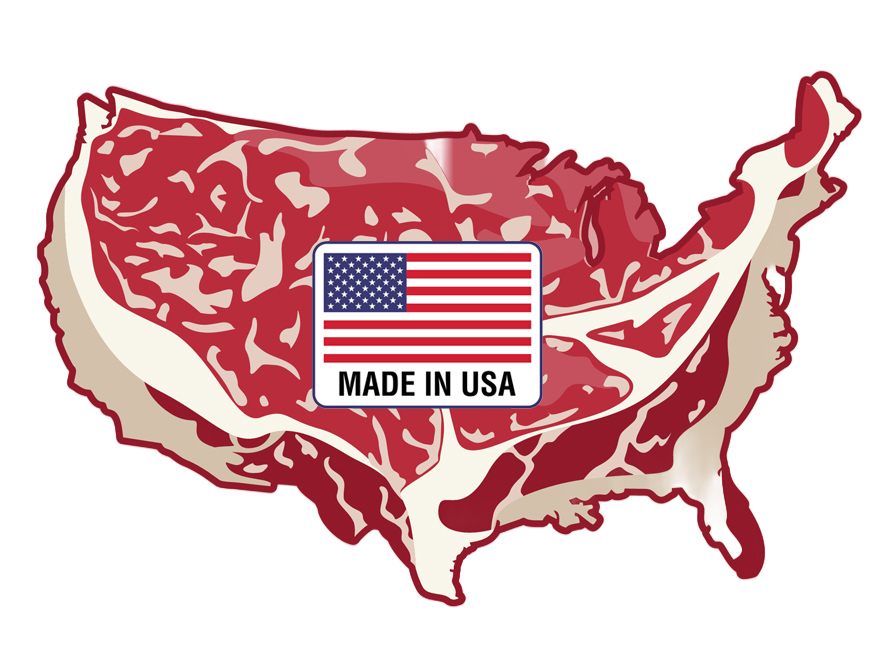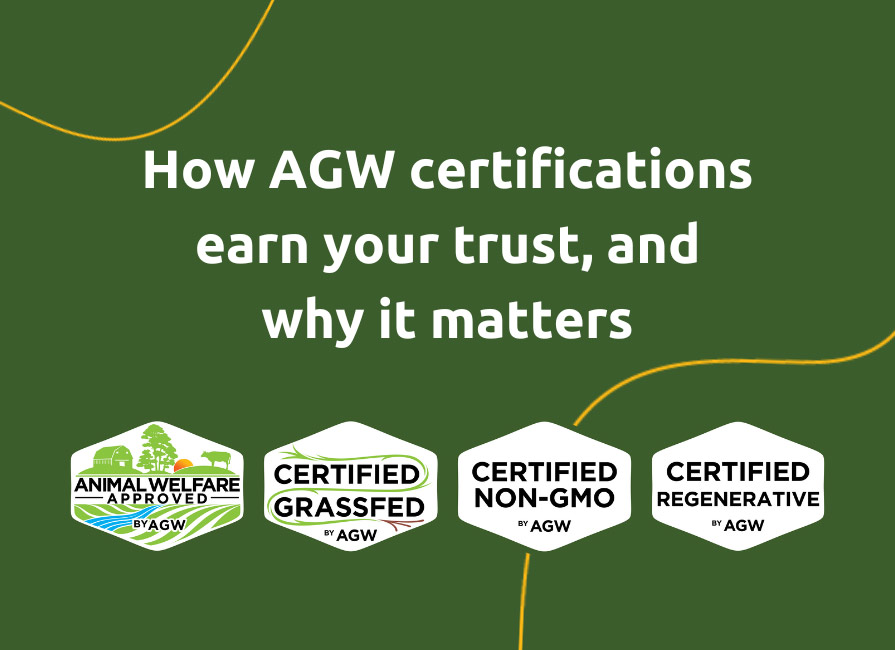In today's increasingly food-conscious world, consumers expect a label to mean what it says—including the…
A Healthy Debate
 This past Saturday New York City’s Greenmarket hosted an informational panel called “The Educated Eater” at First Presbyterian Church. I represented Animal Welfare Approved in a panel discussion on the pros and cons of using labeling as a way to value food. Other panelists included Jonathan White of Bobolink Dairy, Alice Varon of Certified Naturally Grown, and John Gorzynski of Gorzynski Ornery Farm. Gabrielle Langholtz moderated the panel, challenging both guests and panelists to define what (if any) role labeling has in food production and consumption.
This past Saturday New York City’s Greenmarket hosted an informational panel called “The Educated Eater” at First Presbyterian Church. I represented Animal Welfare Approved in a panel discussion on the pros and cons of using labeling as a way to value food. Other panelists included Jonathan White of Bobolink Dairy, Alice Varon of Certified Naturally Grown, and John Gorzynski of Gorzynski Ornery Farm. Gabrielle Langholtz moderated the panel, challenging both guests and panelists to define what (if any) role labeling has in food production and consumption.
The discussion began with a clarification of the term “cage-free” and how the true meaning of that term can be dramatically different than the pastoral ideal most people envision. We discussed organic standards, and how those standards have changed since becoming a federally regulated program. We also talked about the difference between self-certified and third-party certified label claims (i.e., who is accountable for the label). For instance, if a producer wants to claim that his or her chickens were “raised without antibiotics,” this claim can be made with a simple affidavit from that producer. However, if a farmer wanted to claim that his animals were “Animal Welfare Approved,” that would require a third-party inspection by an Animal Welfare Approved auditor.
In my mind, the take home message was that labels are useful, but only in proportion to the integrity of the label. My advice in navigating the label landscape is: use with care. We have a good glossary of common label claims (and what they really mean) on our website. Don”t be afraid to read the standards and compare the meanings. And if you have a question about food labels, pitch it to our blog. If we don’t know the answer, we’ll research it and get back to you.


